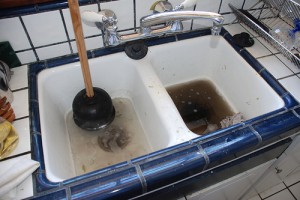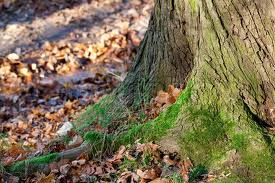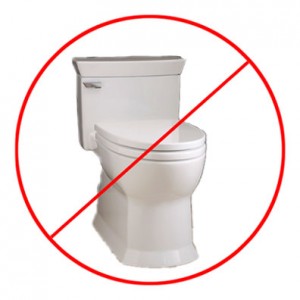 When you hear a homeowner say they have septic tank odor problems we all assume that the problem is the septic tank is full and needs to be pumped out. But what really causes septic odors are Gases within a septic system. These septic gases such as hydrogen sulfide, carbon dioxide and methane within a home, yard or septic area can be irritating, toxic and explosive. In a yard they are not typically found in high enough concentrations to be dangerous, but are still a nuisance.
When you hear a homeowner say they have septic tank odor problems we all assume that the problem is the septic tank is full and needs to be pumped out. But what really causes septic odors are Gases within a septic system. These septic gases such as hydrogen sulfide, carbon dioxide and methane within a home, yard or septic area can be irritating, toxic and explosive. In a yard they are not typically found in high enough concentrations to be dangerous, but are still a nuisance.
There are several locations within a septic system where odor can be an issue
1. Sink and tub drains in the Home
2. Septic Tank
3. Leach Field and Drain Field areas
4. Yard
Odors in the Home
Septic odors inside your home are annoying and can create a health problem. Odors in a home are typically an indication of a plumbing problem. A very common problem is the drying out of a trap in a basement floor drain allowing gases from the septic tank to vent back into the home. This can be corrected by making sure all floor drain traps are periodically filled with water. Also, the cleanout access plug inside a drain may be loose and could allow for sewer gas to escape. A plumber or septic professional that provides line cleaning could check this out.
A second common problem is the plumbing vent located on the roof. It is necessary to allow the pressure in the drainpipes to equalize as wastewater flows through them. Without this vent, sinks, tubs, and toilets would gurgle, traps dry out and nasty odors come into the home. These plumbing vents can freeze closed during prolonged cold periods or get clogged with leaves or other debris. A warm day or two will thaw out the frozen pipes but leaves will need to be cleaned out. The pipe can be unfroze using a jetter or warm water. Always take special precautions when working on a slippery or steep roof.
A third common plumbing problem is an improperly sealed cover on an ejector sump pump basket in the basement. The cover should be checked and a new seal applied to prevent leaks.
Odors Near the Septic Tank
An occasional weak odor near the septic tank may be quite normal but if there is a particularly strong odor around the septic tank(s) the first step should be to make sure all manholes and risers are securely covered. Typically a concrete lid covers the tank manhole, although other materials such as plastic and metal lids are used. The septic tank manhole can be covered with a maximum of 12” of soil or can come to the surface, while any manhole on a tank with a pump must come to surface to allow for repair or replacement of the pump. The newer plastic lids have a rubber seal which helps keep odors in the tank. They must also be properly secured in place with lag screws or other fasteners. If a concrete lid is leaking odors out of the manhole, weather stripping or other materials can be used to create a temporary seal that will contain odors but still allow for proper maintenance of the tank. This seal will need to replaced after maintenance.
Odors Near your Leach Field Area
If there are strong septic odors in the soil treatment area (around an in-ground drain field, bed or mound), it can indicate a problem with the leach field. All pipes should be inspected and checked out to make sure the pipes are not broken or crushed and that roots have not grown into the pipes causing blockages. A visual inspection of the entire area should be performed to determine if there are any wet spots or soggy soil areas indicating that sewage is coming to the surface. If any of these conditions are found, humans and animals can come in contact with it. This is considered an “imminent health threat” and should be corrected immediately.
Odors in the Yard
If the yard in general smells of septic odors, it may be that the plumbing vent pipe (described in # 1 above) on your house or a neighbor’s house needs to be extended to diffuse the smelly odors. Homes located in rural areas, valleys, forested or low areas may not have appropriate wind patterns to carry the odors away from the living areas and the yard. As the wind blows over the house, the air currents that are supposed to carry the gases up and away can instead carry the sewer gas down into the yard. Extending the vent pipe can help diffuse the odors carrying them away from the yard. Carbon filters can also be placed on the top of the vent to help control septic odor. The filters do need to be changed regularly (every 1 to 5 years) to be effective.







